June 8, 2025 | 20:28 GMT +7
June 8, 2025 | 20:28 GMT +7
Hotline: 0913.378.918
June 8, 2025 | 20:28 GMT +7
Hotline: 0913.378.918
On September 6, the People's Committee of Binh Phuoc province held a conference to summarize 5 years of implementing policies to encourage the development of cooperation and linkages in the production and consumption of agro-products in the province.
Mr Pham Thuy Luan - Director of the Department of Agriculture and Rural Development of Binh Phuoc province said that Binh Phuoc currently has 260 chain links concentrated on processing livestock farms; about 60 units (cooperatives, cooperative groups, clubs) participate in the pepper chain with Nesdpice Company; 10 cashew processing and export enterprises participate in association with about 24 units (cooperatives, cooperative groups, farms) with an area of 3,500 ha achieving US/EU organic certification; about 20 participating businesses with about 30 units (cooperatives, cooperative groups, farms) working in fruit industry.
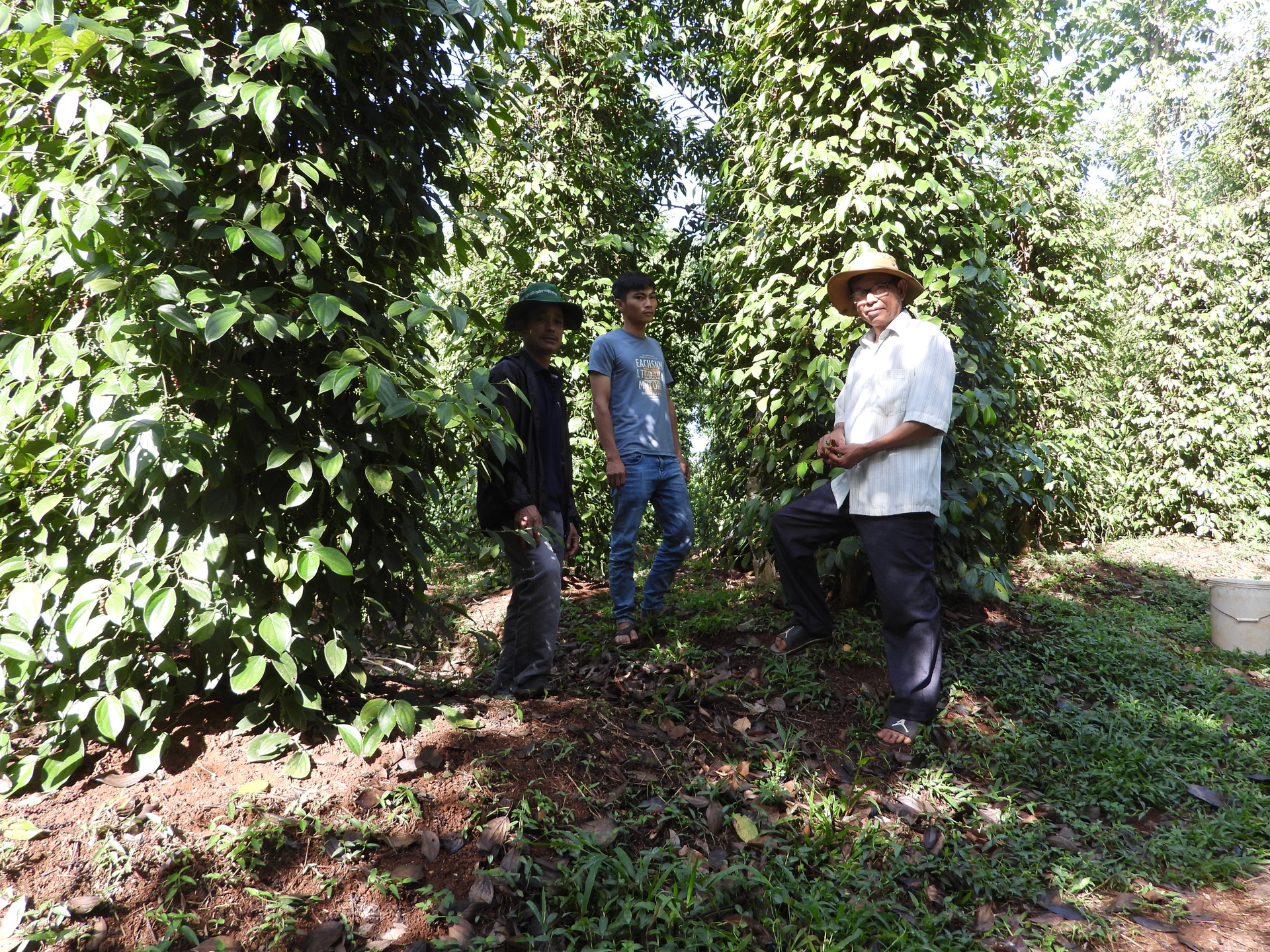
Bu Gia Map pepper chain links with Nesdpice Vietnam Spice Company. Photo: Tran Trung.
Assigned by the Provincial People's Committee to be the lead implementation unit, the Department of Agriculture and Rural Development has coordinated with departments, branches, and People's Committees of districts, towns and cities to deploy. As a consequence, receiving and approving 29 provincial-level chains on policies to encourage the development of cooperation and linkages in the production and consumption of agricultural products in the province. As a result, funding for 5 projects was more than VND 28 billion, of which the state supported nearly VND 1.9 billion, and members' counterpart capital was more than VND 26 billion. For district, town and city levels, the chain of links for 2 projects and plans has been approved and implemented.
Typical examples include project linking production, harvesting and consumption of cashew nuts according to US/EU organic standards; and project linking production, harvesting and consumption of green-skinned grapefruit according to VietGAP standards... From the projects, models of cooperation and linkage have been formed along the value chain for stable development, bringing benefits to participating members and partners and is a learning attraction, creating a premise to encourage farmers to participate in cooperative and chain-linked models such as Cashew linkage chain (Dong Xanh Organic Agriculture Cooperative, Dong Nai, Binh Minh, Nhu Hoang, Hoa Phu...), Fruit trees of Phuong Nghia Cooperative, Nong Thanh Phat, Thanh Tien, Bau Nghe...
“In general, chain link models are widely deployed throughout the province. However, in reality, the province's agricultural production is still mainly small, retail, fragmented, and spontaneous. Therefore, forms of cooperation and association in the production and consumption of agricultural products are still on a small and loose scale. The connection and connection of interests and responsibilities between businesses, farmers, and cooperatives are still inadequate and limited...", Mr Pham Thuy Luan, Director of the Department of Agriculture and Rural Development of Binh Phuoc province assessed.
As of May 15, 2023, the entire Binh Phuoc province has 311 cooperatives (of which 232 are operating), including 270 agricultural cooperatives (accounting for 86.8%). Agricultural cooperatives mainly grow products such as cashews, pepper, durian, avocado, grapefruit, oranges, tangerines, guava, jackfruit... and livestock with products such as goats, cows, pigs, chickens, ducks...
However, most agricultural cooperatives do not operate according to their nature. Some cooperative managers are not interested in cooperation and production links. Most cooperatives have not proactively developed plans and directions for production and business activities, making it difficult to sign contracts to purchase sustainable products. There are no forms of joint ventures linking the cooperative sector with business organizations. The number of agricultural cooperatives participating in value chain linkages (linking both input and output for cooperative members) is still small, with only 11/88 cooperatives, accounting for 12.5%.)
Although cooperatives participate in commodity value chain links, product exports are still carried out by companies. Cooperatives only play the role of providing raw products. Linking the value chain requires products to be manufactured according to standards. However, currently investing in production according to standards requires large capital investments and high farming techniques, which exceed the investment capacity of cooperative members, especially cooperatives in ethnic minorities and mountainous areas.
According to the Department of Agriculture and Rural Development of Binh Phuoc province, by 2025, Binh Phuoc strives to approve about 35 chains at the district level and about 25 linked chains at the provincial level in the production and consumption of agricultural products.
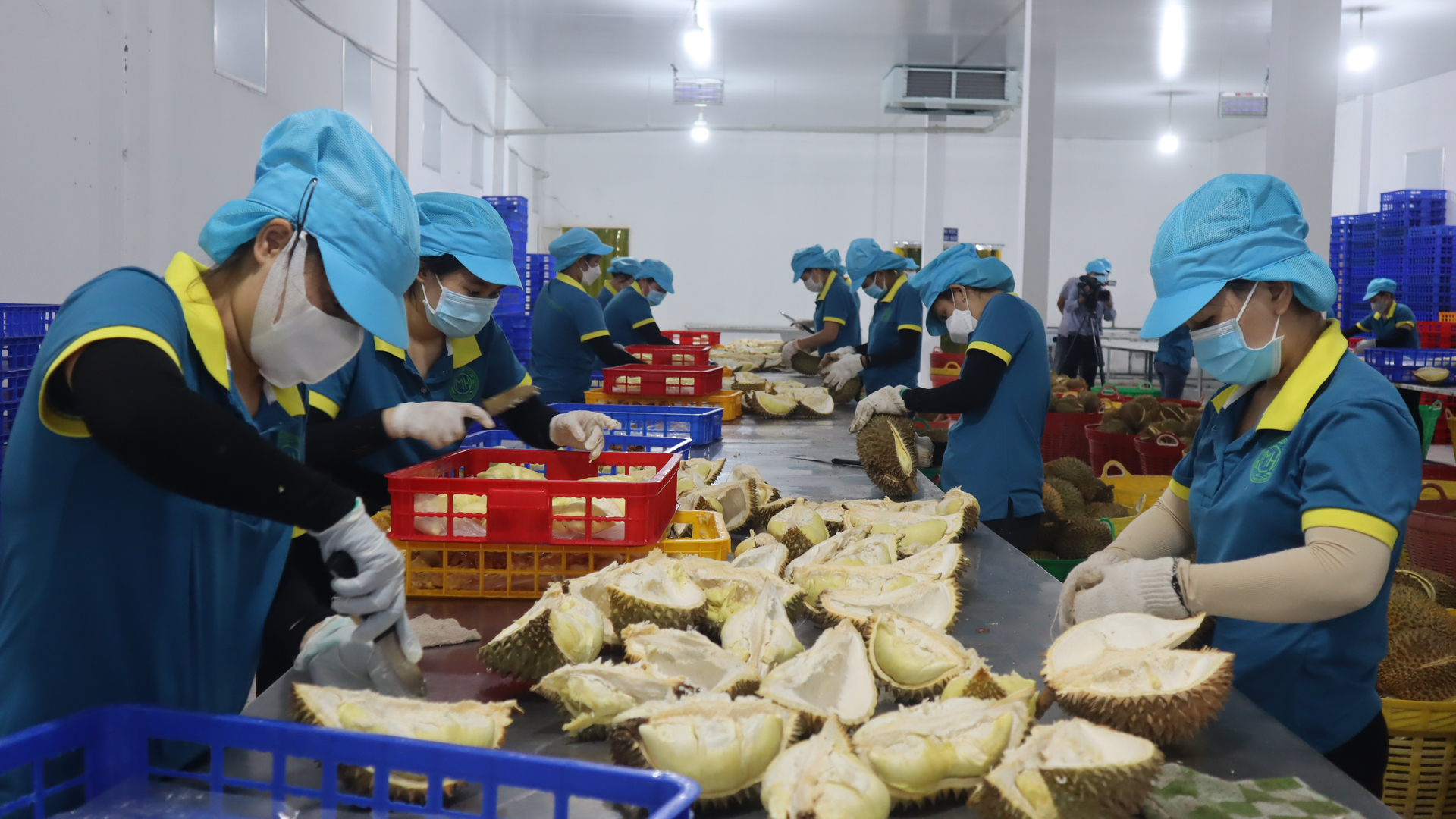
Production chains have promoted production and created products that meet export requirements. Photo: Tran Trung.
Binh Phuoc also requested the Ministry of Agriculture and Rural Development to advise the Government on amending and supplementing Decree No. 98/2018/ND-CP dated August 5, 2018, the Government in the direction of simplifying disbursement procedures and processes, especially the cooperative's capital source, the corresponding individuals must aim to be consistent with the reality and practices of farmers and agricultural production...
On the State Bank's side, it is necessary to pay attention to building mechanisms and policies to support linked chains to receive preferential loans so that enterprises and cooperatives are allowed to invest in building raw material areas, expanding production and building warehouses, drying yards, preliminary processing and processing of products.
Vice Chairman of Binh Phuoc Provincial People's Committee, Mr. Huynh Anh Minh, said that although some results have been achieved, the implementation of policies to encourage the development of cooperation and linkages in the production and consumption of agricultural products locally and in the province is still difficult. He suggested that in the coming time, all levels, sectors, and localities need to promote propaganda to build value chains and links in agricultural production; pay attention to allocating enough resources, strengthening guidance, and creating good conditions for units, businesses, and cooperatives to carry out linkages.
Vice Chairman of Binh Phuoc Provincial People's Committee Huynh Anh Minh hopes that businesses and cooperatives will coordinate well with departments, branches, and localities during the implementation process, proactively improve product quality to meet market needs, and serve exports.
Translated by Hoang Duy
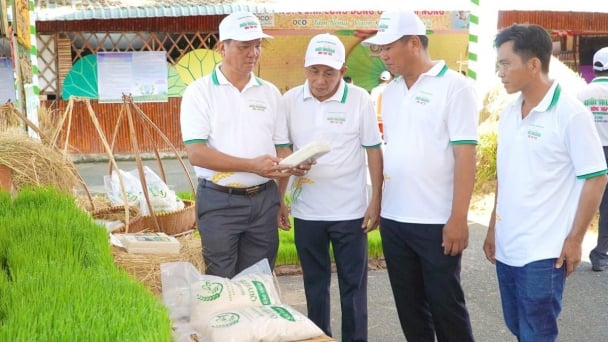
(VAN) Dong Thap has launched a meeting in response to the Action Month for the Environment under the theme 'Live Green - Join Hands for a Green Economy' at Tram Chim National Park.
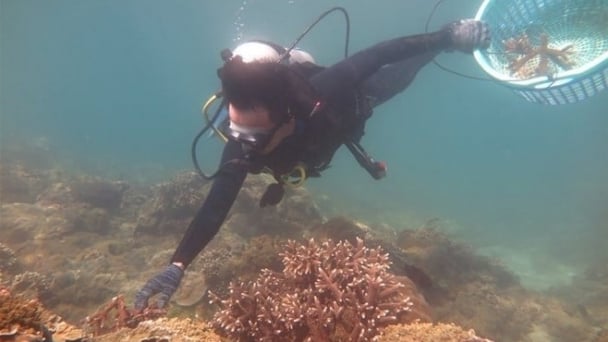
(VAN) The ocean has the capacity to absorb millions of tons of carbon, provided that mangrove forests, coral reefs, and biodiversity are protected.
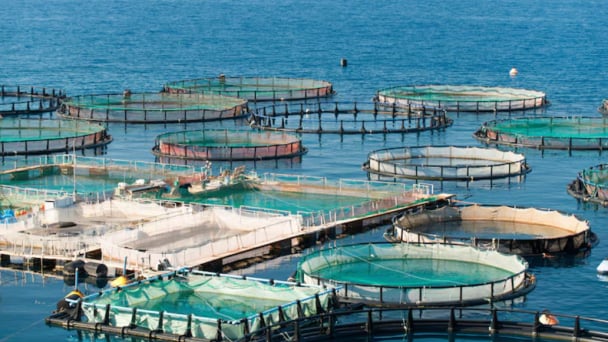
(VAN) Technology is redrawing the map of Vietnamese aquaculture: more modern, greener, and more sustainable.
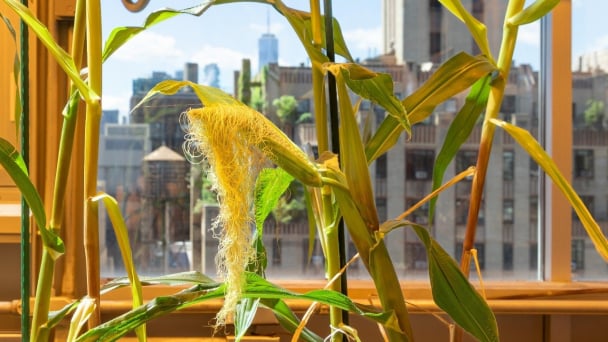
(VAN) Novel process harnesses machine learning to reveal groups of genes that determine how efficiently plants use nitrogen.

(VAN) Several scientists and farmers are experimenting with soil treatment in some key durian-growing regions such as Cai Lay (Tien Giang), Dak Song, Gia Nghia, and Dak R’lap (Dak Nong).
/2025/05/25/4127-3-073637_820.jpg)
(VAN) Thanks to the promotion from an FAO-implemented project, vegetable production in greenhouses in Moc Chau has seen strong development, from 1.5 hectares in 2021 to nearly 50 hectares in 2024.

(VAN) FAO has recently supported USD 140,000 to implement the project 'Risk mitigation human-animal interface risks through disease control initiatives in pig farming.'